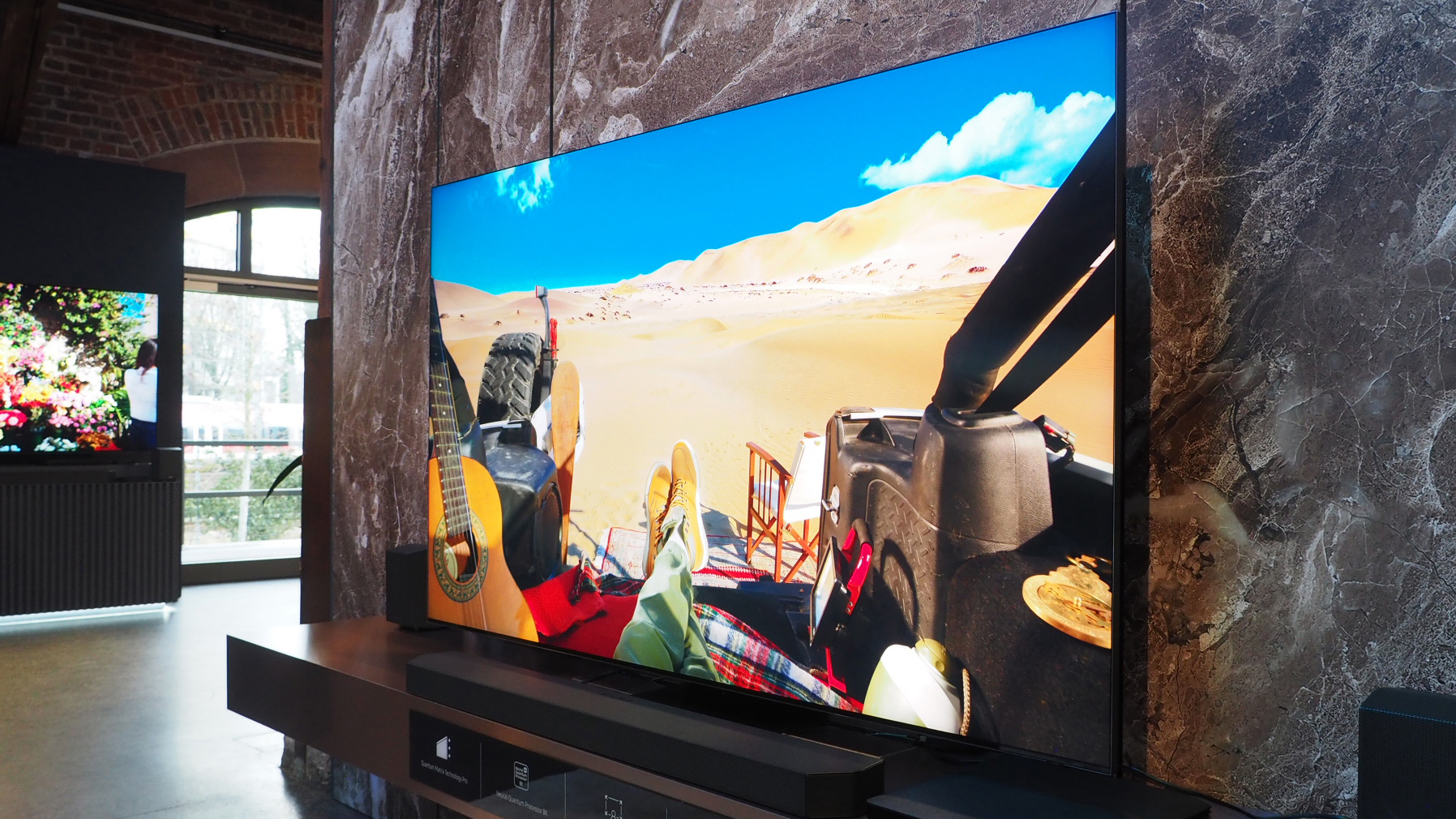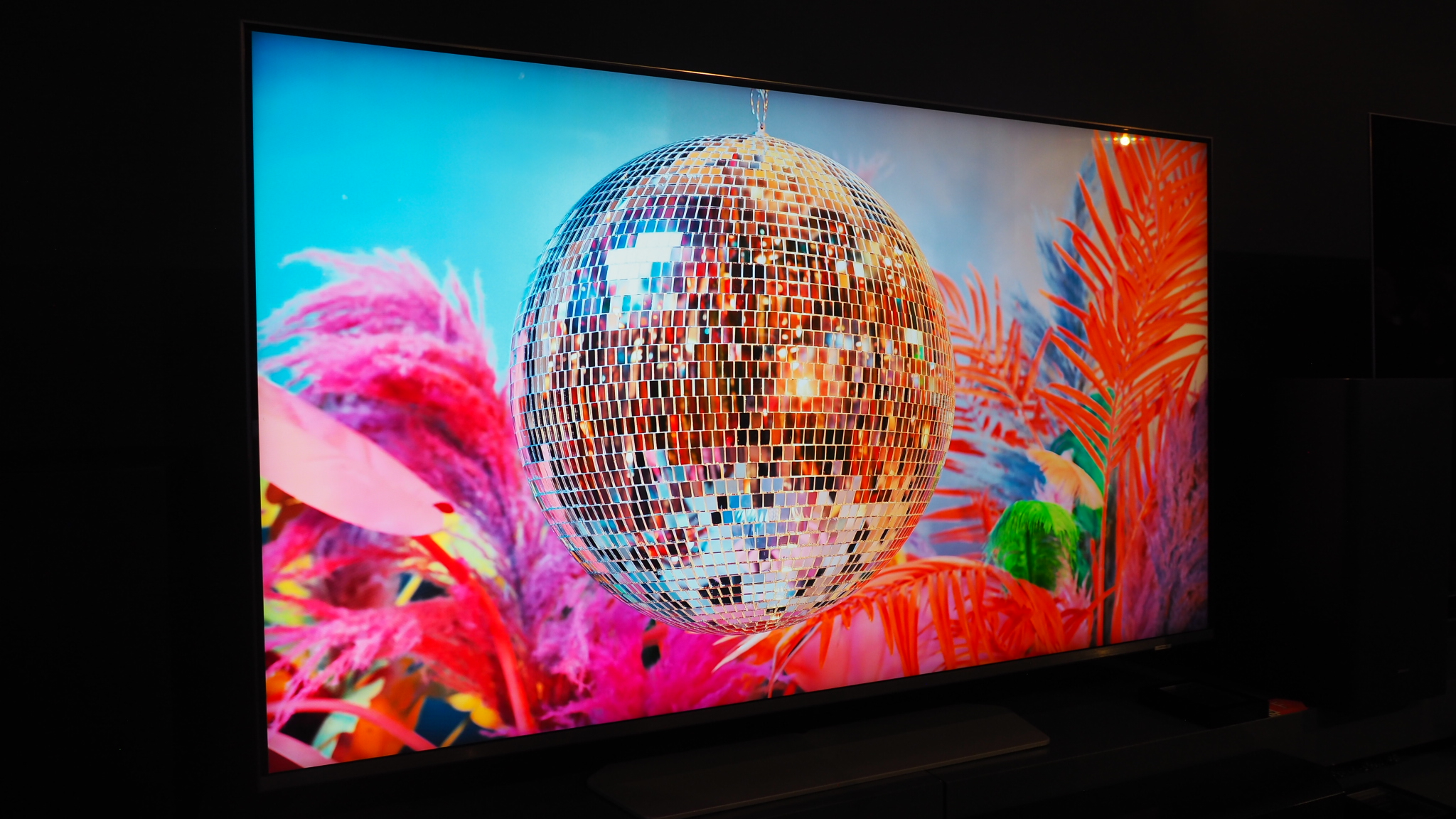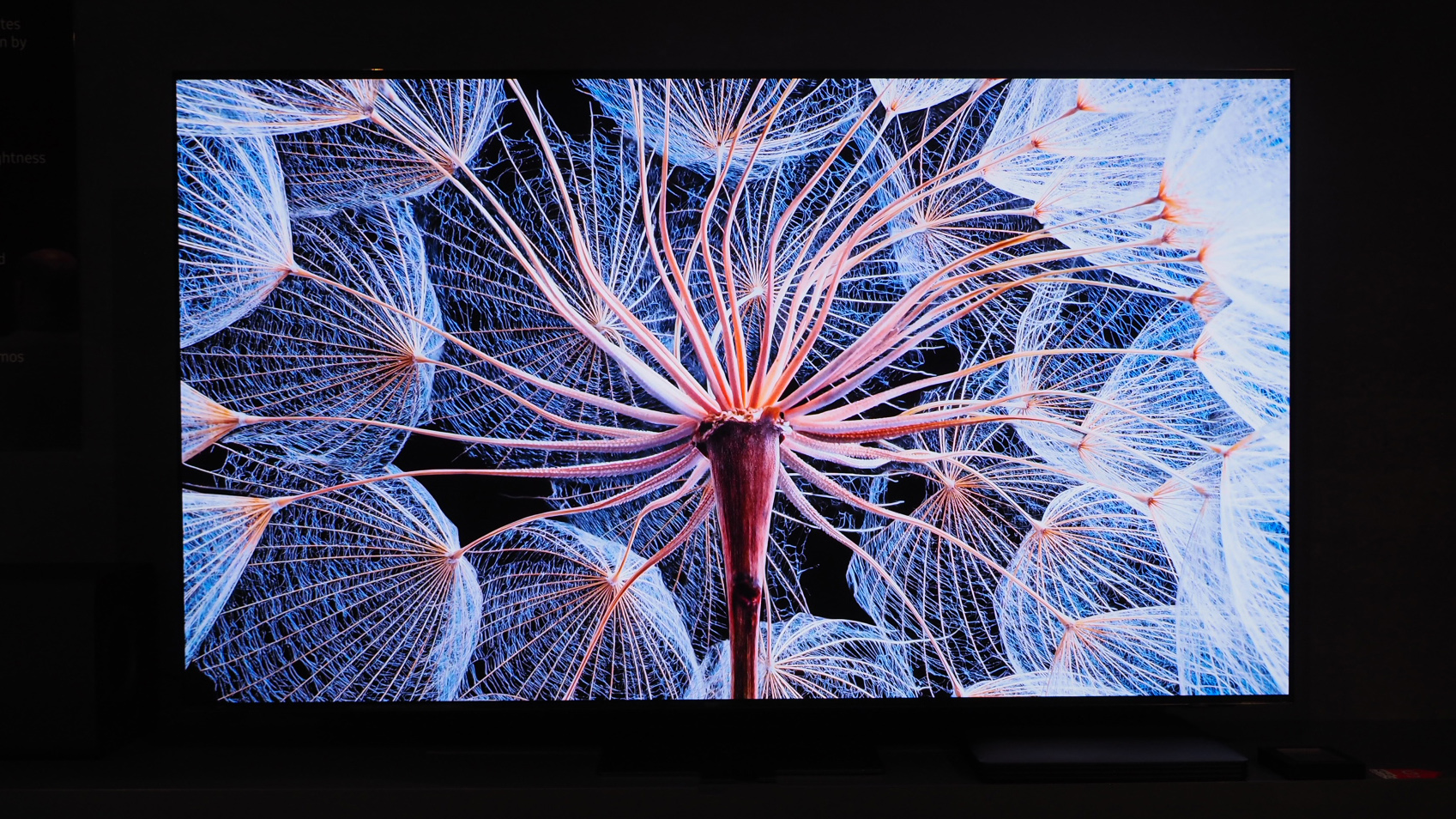
It can feel like a minefield when staring at various Samsung TV model names and numbers in your quest to find the best. But having spent a day with Samsung to explore the company's 2023 TV range, from OLED to Neo QLED, I'm here to break down the differences in the models and which might be best suited to your wants and budget.
In this article I'll explore Samsung's 4K range, including the QD-OLED S95C and S90C options, plus the various QLED TVs, from QN95C down to Q80C. Just what are the differences, do the uprated specs make a real-world difference, and which 2023 Samsung TV should you consider buying?
I'm only focusing on Samsung tellies in this piece. If you're looking for the current best TV options or best OLED TV buys then T3 has separate buying guides to cover you there, including options from Sony, LG, Panasonic, and more.
Neo QLED vs QLED vs OLED

- Q = QLED or Quantum Dot LED
- QN = Neo QLED (Mini LED QLED, more dimming zone control than above)
- S = QD-OLED (Quantum Dot OLED, a self-emissive panel type with per-pixel dimming control)
Companies love to market technologies and Samsung is no different. I've highlighted the overarching differences between QLED, Neo QLED and OLED above and how the naming defines each in Samsung's range.
However, there's a lot of variation within a given range. The top-end QN95C Neo QLED, for example, has roughly double the number of dimming zones compared to the QN90C, meaning better control, greater precision and therefore less backlight blooming. It's also the brightest in Samsung's 4K range for 2023.
Samsung's QLED TVs can also vary dramatically, as you'll notice the Q80B, for example, lacks an 'N' in its name. That's because it's not a Mini LED set, so the LED backlighting isn't as precise by comparison. Brightness is also lower than higher up the range.
OLED, meanwhile, doesn't require any backlight as it's self-emissive and therefore the most precise of all. It's often less bright, but the Samsung S95C does deliver considerable output thanks to its QD-OLED technology type. For many this will be the best of both worlds.
Get all the latest news, reviews, deals and buying guides on gorgeous tech, home and active products from the T3 experts
Neo QLED: the QN 2023 range

Samsung QN95C
The creme de la creme model in the range, the QN95C is the brightest and most impressive of all Samsung's 4K TVs. It'll be the most expensive, naturally, too.
Available in 55, 65, 75, and 85-inch sizes, this is a big-panel option that'll be the centre focus of any room.
Compared to the outgoing QN95B (the 'B' representing it's a 2022 models, whereas 'C' designated 2023) there are almost double the number of dimming zones for even more precise backlight control.
Samsung QN90C
The step-down model in the Neo QLED range is still massively impressive. The design is much the same as the QN95C, because Samsung has done away with its One Connect box in all its 2023 4K TVs (*top-end OLED excluded).
One Connect was a separate box for all the ports, making TVs with it as part of their design ideal for wall-mounting – and while it was the key differentiator between QN90B and QN95B, for 2023 that's no longer the case.
So just what's different about the QN90C compared to the QN95C? It's got roughly half the number of dimming zones. So, in some respects, it's a little bit like the older QN95B model from the kind of picture performance you can expect. The sound is a step down too, being a little less powerful.
The QN90C is also available in 43, 50, 55, 65, 75, 85-inch panel sizes, so it ticks the box for those looking for a slightly smaller panel too.
Samsung QN85C
Although it's the 'entry-level' in the Neo QLED range, the QN85C is again still a very impressive option. Available in 55, 65, 75, 85-inch sizes it doesn't cater for smaller panels, so is much like the top-end QN95C in that regard.
So just how does the QN85C differ from those models above it? It lacks the anti-reflective coating, which might sound like a small thing but I find this coating really impressive to diffuse light and therefore reflections.
QLED: the Q 2023 range
Samsung Q80C
Ditch the 'N' and you ditch the Mini LED. That means fewer dimming zones and less precision than the QN models above it, but the Q80C is a full array backlit panel (FALD), meaning no side-based illumination, so it's still precise – just not as pinpoint perfect or as bright as the QN models.
The Q80C will be available in 50, 55, 65, 75, 85-inch panel sizes, so it caters for a wide range of the market and that opening size will likely prove popular. Not least because it'll be more affordable.
Below the Q80C is the Q70C and Q60C, which I've not seen in person, but believe their key differences are down to fewer dimming zones and no Dolby Atmos compatibility (everything above in Q and QN features this). All are full-array backlight models though, so won't suffer the kind of blooming that comes from edge-lit models outside of this range.
OLED: the S 2023 range

Samsung S95C
My personal favourite, the S95C is the top-end QD-OLED model in Samsung's range. It's 20% brighter than the outgoing S95B from last year. It also features Object Tracking Sound Plus, which is a beefy soundsystem.
Unlike the also-new S90C it features a One Connect box, so all the ports are housed in a separate box. So if you're wall-mounting this super-slim TV is a mere handful of millimetres thick, with no unwanted bulges.
While QD-OLED isn't quite as bright as Mini LED (i.e. the QN95C), I personally prefer the S95C's total precision thanks to OLED technology. It's not expected to cost as much as the Neo QLED range either, furthering the appeal for many.
Samsung S90C
I've compared the S90C against the S95C to bring you the key differences. In summary: the Q90C isn't as bright (unofficially by around 20% less), doesn't feature the One Connect box as part of its design, and has Object Tracking Sound Lite so is less punchy in the audio department. It'll be cheaper as a result, though.
If that sounds appealing then there's no foregoing of size options here, as the S90C comes in 55, 65 and 77-inch options. However, it's not expected to be in stores until some time after the S95C.
What about 8K?

QN900C, QN800C, QN700C
There will be three models in Samsung's 8K range for 2023. The 900C is bezel-free, whereas the 800C and 700C are not. The 900C also features Object Tracking Sound Pro, making it the most substantial soundsystem of the trio.
Both 900C and 800C are 100Hz/120Hz panels (region/source dependent of course), whereas the 700C is half this and uses a less advanced processor. However, the 700C is available down to 55-inch, whereas the more advanced models are only 65, 75, 85-inch big panels.
Yes, 8K delivers more resolution than 4K, but without much source content at this resolution I get the feeling that most people will fare better with the 4K sets (i.e. not the triple-digit models). Each to their own, of course.

Mike is T3's Tech Editor. He's been writing about consumer technology for 15 years and his beat covers phones – of which he's seen hundreds of handsets over the years – laptops, gaming, TV & audio, and more. There's little consumer tech he's not had a hand at trying, and with extensive commissioning and editing experience, he knows the industry inside out. As the former Reviews Editor at Pocket-lint for 10 years where he furthered his knowledge and expertise, whilst writing about literally thousands of products, he's also provided work for publications such as Wired, The Guardian, Metro, and more.
